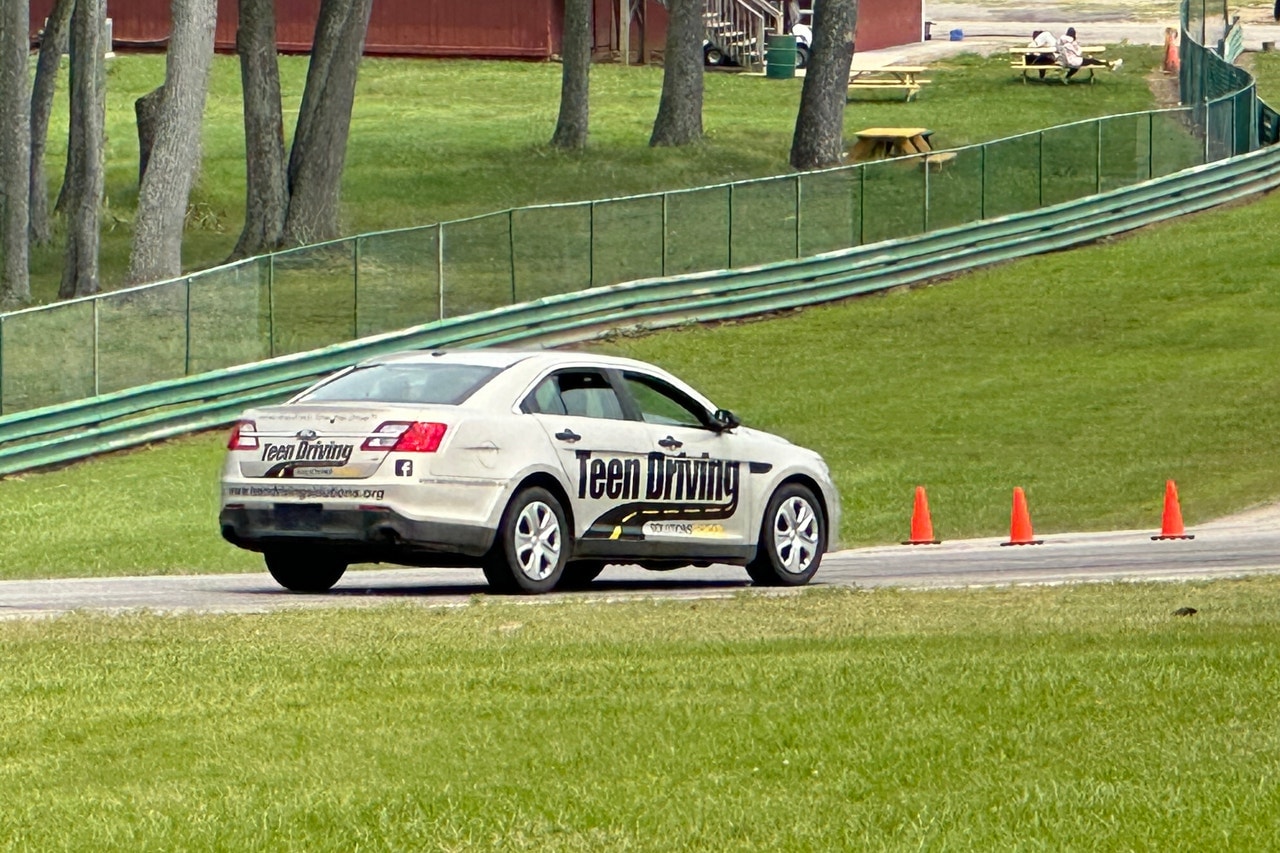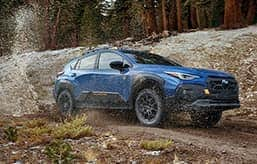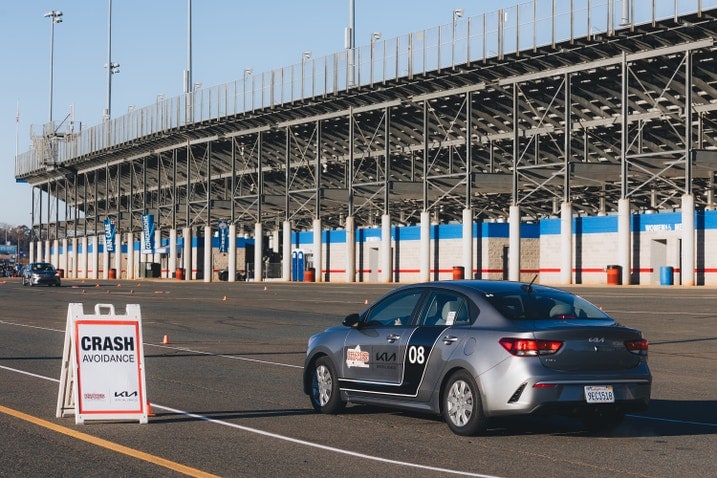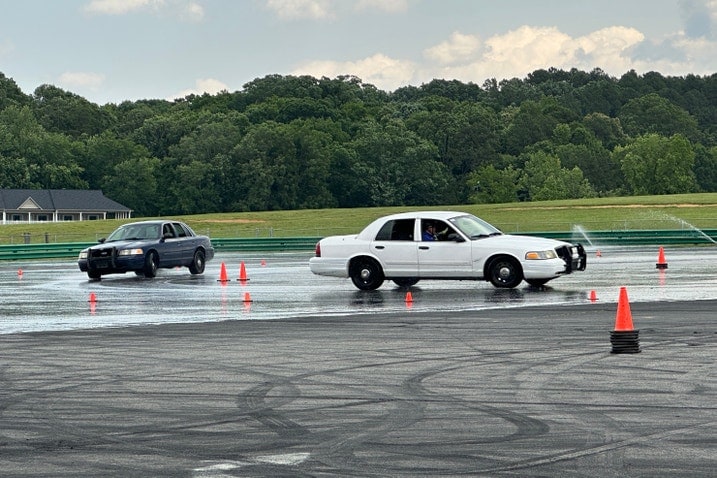- Across the country, several schools teach teens and their parents skills that go beyond standard driver’s education courses.
- These schools vary in terms of cost and program length.
- Students learn about the impacts of distracted driving, how to avoid a crash, and how to control the car in inclement weather.
The Best Advanced Driving Schools for Teens in the U.S.
Teens learn about crash avoidance, how to recover from challenging driving situations, driving in inclement weather and more
Here's a disturbing truth: Car crashes are a leading cause of death for teenagers between the ages of 15 and 19. Teen drivers are inexperienced on the road — some are overconfident, some are underconfident. Driver education is inconsistent from state to state, and testing requirements can be alarmingly sparse before releasing teens out onto the highways of America.
Several opportunities exist for new drivers to gain defensive driving skills. These privately funded and nonprofit advanced driving schools exist for one reason: to reduce the number of fatalities on the road. In some cases, the impetus for starting these driving schools was born from personal tragedy, and in others, a general desire to help. Prices and curriculum vary widely and take place all over the country. Need another incentive? Some insurance providers might count one of these classes toward premium discounts. Here are a few of our favorites.
Put On The B.R.A.K.E.S.
It's been 17 years since former professional drag racing champion Doug Herbert lost his two teen sons in a car crash. That unspeakable tragedy led Herbert to create Put On The B.R.A.K.E.S. (Be Responsible And Keep Everyone Safe), a nonprofit dedicated to educating young drivers and their parents about mindful driving.
This three-hour class is open to all with a $99 deposit to reduce the number of no-shows. Kia provides all of the vehicles for the program, and young drivers are taught by current and former members of law enforcement, professional racers and stunt drivers at a 2:1 student-to-teacher ratio. Parents get to sit in on the classroom instruction and observe as their kids complete drills focused on the five key issues: distracted driving awareness, panic braking, crash avoidance, drop-wheel/off-road recovery and car control/skid recovery.
B.R.A.K.E.S. says its graduates are 64% less likely to get into a crash in their first three years of driving. The program is offered 50 weeks per year in 15 different states, with new cities added regularly. This year, B.R.A.K.E.S. passed the 150,000 mark of drivers and parents trained.
Ford Driving Skills for Life
Founded in 2003 by Ford Philanthropy in partnership with the Governors Highway Safety Association, Ford Driving Skills for Life is operated in all 50 states and Puerto Rico. This hands-on training is free for all, funded by Ford's nonprofit arm. While parents aren't required to attend, Ford says it strongly recommends parents attend the program with their new driver.
Students must have either their learner's permit or driver's license and Ford provides all the vehicles for the course. Ford Driving Skills for Life classes are 2.5 hours long, and Ford cites data showing that 94% of all crashes are due to driver behavior. As such, the course works toward establishing repeatable and consistently mindful behavior behind the wheel.
Tire Rack Street Survival
Tire supplier Tire Rack started its teen driving program, Street Survival, in 2003 and has trained more than 30,000 kids in the U.S. The instructors are all volunteers from organizations like the BMW Car Club of America and Canada and the Porsche Club of America, all of whom have experience racing, rallying and teaching, and the class runs a full day from 8 a.m. to 4:30 p.m. A course costs $125, but Tire Rack offers financial assistance in cases of hardship. These courses are held all around the U.S.
Street Survival requires students to bring their own vehicles because the organization believes it's important to factor in the response of the car the teen usually drives. However, if the new driver's car has a lift kit or other equipment that alters its center of gravity, it's not permitted.
Students have to be at least 15 years of age with a permit or driver's license, and Street Survival requires permitted students to have 25 hours or more under their belt to participate. Parental attendance isn't mandatory, but it's strongly suggested. (Parents, it's not too late to learn new skills or be reminded of good practices.)
Teen Driving Solutions
Dan Wagner, formerly a high-performance driving education instructor for eight different car clubs and racing associations, focuses on the mental aspects of driving during the Teen Driving Solutions class. While this is the priciest of the teen driving schools at $1,000 for the weekend, it's by far the most comprehensive; Teen Driving Solutions spans a full two days.
At this school, parents and students rotate through different stations at Virginia International Raceway in Alton, Virginia. Segments span a wide range from basic car maintenance and how to recognize the smells of different automotive components (brake fluid, transmission fluid, antifreeze, etc.) to braking and steering exercises under stress. All the vehicles are retired Ford Taurus and Crown Victoria models purchased at auction.
Parents are full participants in Teen Driving Solutions, learning about strategies on how to better coach their kids when they're behind the wheel. Both parents and kids get to drive on a wet skidpad to practice how to get out of challenging road conditions, and at the end of two days the teens show off their new skills in a "graduation" presentation.







 by
by  edited by
edited by